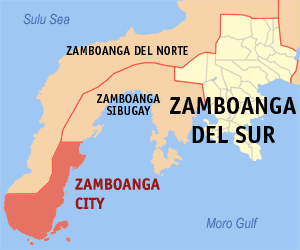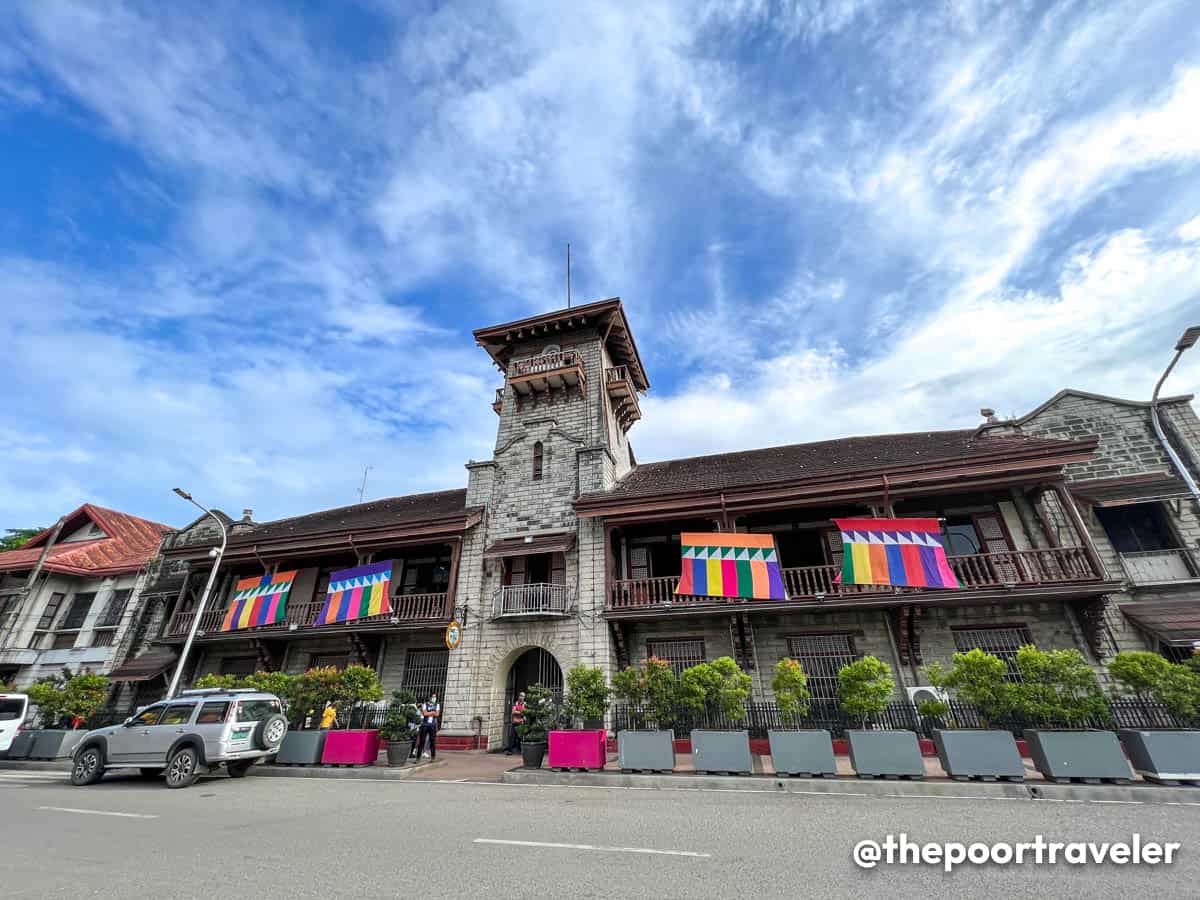Welcome to our comprehensive ZAMBOANGA TRAVEL GUIDE! In this article, you’ll find the information you need to plan a trip to Zamboanga City, including recommendations on where to stay, where to eat, and how to build an itinerary. We’ll also break down our expenses so you get an idea on how much budget to set aside for this trip.
The pandemic drained almost all the color out of our little worlds. For most of us, we burned over two years cooped up inside four bleak, off-white walls, isolated from all this planet’s vibrance to which travel used to treat us. For most of us, the only trips we made were to the grocery. The only flights we took were of fancy. As for me, when I let our imagination run wild, it usually takes me back to Zamboanga.
When we think of Zamboanga, we think of colors. And we’re not just talking about the iconic vinta that has become a symbol for this region! From the subtle rosy hues of its Pink Beach to the delicious bright orange plates of curacha crabs to the vibrant costumes at the Hermosa Festival, Zamboanga is definitely one of the brightest, most colorful destinations in the Philippines.
WHAT’S COVERED IN THIS GUIDE?
The term “Zamboanga” can refer to many geographical areas. Zamboanga City is the biggest urban hub in Region IX, called Zamboanga Peninsula, which is also made up of the provinces of Zamboanga del Norte, Zamboanga del Sur, and Zamboanga Sibugay and four other cities (Dapitan, Dipolog, Pagadian, and Isabela de Basilan).

In the airline industry, Zamboanga most often refers to the city, where the Zamboanga International Airport (ZAM) is located. But for the purpose of this travel guide, when we mention Zamboanga, we mean the city.
The name Zamboanga is most likely to have come from Samboangan, which means “mooring place”. Samboang is a Sinama term referring to poles used for mooring. Other sources claim that its etymology leads to Indonesian jambangan, which means a place for flowers, which is why Zamboanga is also called “City of Flowers”.
Zamboanga City’s history as a settlement is deep, running all the way to the 12th century when the Subanon (Subanen) people reached the area. Over the next centuries, many Tausug, Yakan, Sama-Banguingui and Sama-Bajau people moved here from the Basilan and the Sulu archipelago. When Islam arrived, it became the dominant religion.
When the Spaniards began its colonization of the…
Click Here to Read the Full Original Article at The Poor Traveler Itinerary Blog…

